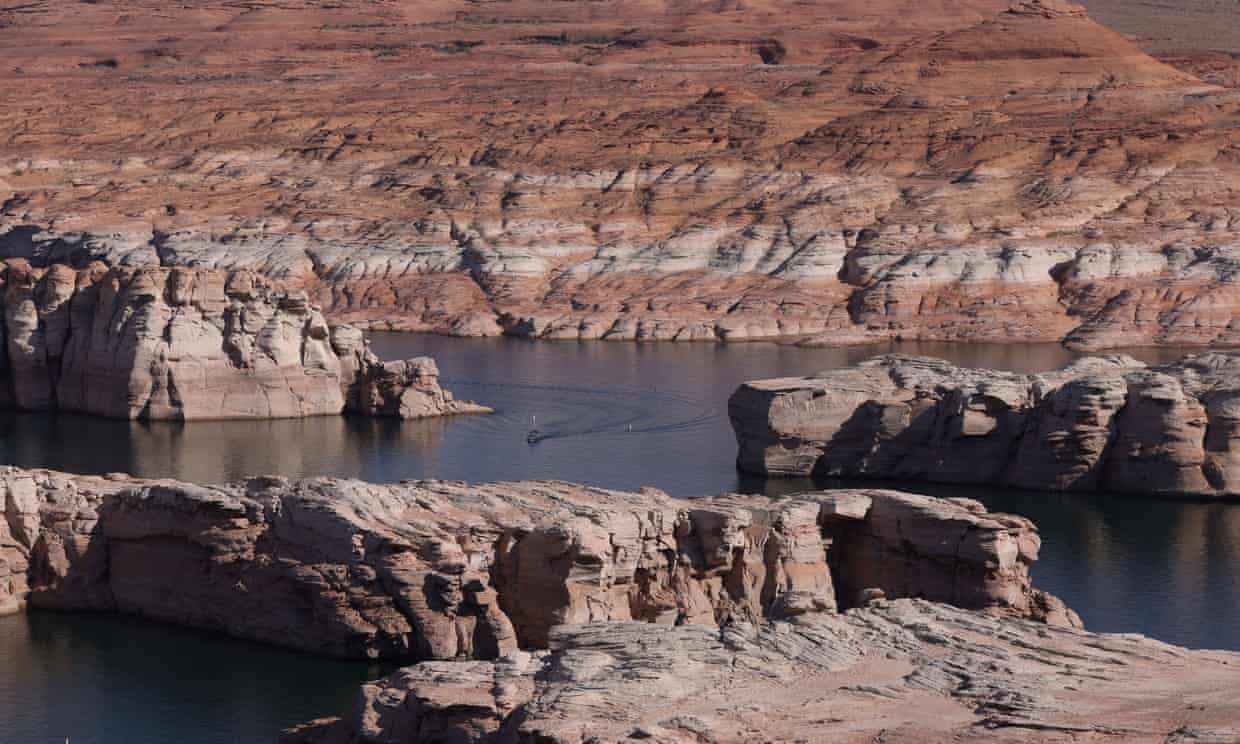ESG Investing Is Hard. Doing It via ETFs Is Harder
Passive funds with a do-good focus have become one of the hottest corners of finance.

Over the past 15 years, two accelerating trends have reshaped finance: passive investing via funds that track broad indexes, and a focus on enterprises deemed sustainable, using so-called ESG, or environmental, social, and governance criteria. These days, the two frequently come together in the form of ESG exchange-traded funds that aim to marry sustainability considerations with the risk-balanced advantages of index investing. Last year, almost two-thirds of new ETFs had ESG ambitions, says David Hsu, an ETF specialist at Vanguard. Such funds are “by far the largest category of product being launched,” he says.
Passive ESG investing seems oxymoronic: Picking stocks—based on whatever standards—can’t be considered passive. But if done right, ESG ETFs can offer an affordable option to invest more sustainably; once the constituent companies have been selected, day-to-day management can be largely hands-off. The investments fall into three broad groups: exclusionary funds, which simply avoid certain “sin” stocks; integration funds, which use similar criteria but also take into account assessments by groups that rate companies for their adherence to ESG standards; and thematic funds, which aim to capture companies in a specific line of work, such as clean energy...."
Arizona braces for additional water cuts amid megadrought
State water authorities are expecting a further decline in the amount of water received from the Colorado River in August

Arizona water authorities are bracing for additional cuts to the quantity of water supplied by the Colorado River, prompting calls for more aggressive conservation measures to prevent further reductions. Officials in Arizona state predict that these cuts could come as soon as August, the Phoenix NBC Affiliate 12 News reported Friday.
These expected cuts stem from the effects of a decades-long megadrought, which has been greatly exacerbated by the climate crisis. Moreover, the Colorado River, which provides water to almost 40 million people, has been imperiled due to decades of overuse. The river’s reservoirs, Lake Mead and Lake Powell, have seen worsening declines in their water levels.
Arizona is typically granted 2.8m acre-feet of water from the Colorado River. The US Bureau of Reclamation, which manages water and hydropower in the south-west, declared its first water shortage in 2021; federal mandates and state-based efforts resulted in Arizona leaving 500,000 acre-feet “behind Hoover Dam” this year, according to AZCentral.com.
The Bureau of Reclamation makes mandates based on water levels in Lake Mead, which are determined by upstream disbursements from Lake Powell. The water level in Lake Powell has approached the minimum required to produce hydropower that provides electricity for several million residents, AZCentral.com said.
Arizona’s department of water resources, and Central Arizona Project (CAP), have insisted that the state must take further measures to save water. . .Officials said that Arizona homeowners are not likely to see “dry taps” anytime soon, as there have been initiatives to store unused Colorado River water in underground aquifers. However, it’s possible that cities will consider tapping these reserves for outdoor purposes, which could start depleting them – without any clear path to replenishing the water, AZCentral.com reported.
What about tree planting?
Preserving the world’s existing forests, peatlands and other natural carbon stores must be a priority, and growing new forests and restoring soils and landscapes will be essential. But no amount of tree planting will be enough to cancel out the effects of continued fossil fuel emissions
Will we need to change our lifestyles?
Yes. The IPCC has made it clear that everything will need to change: energy, buildings, transport, food and industry. This will include “demand management”, or reducing our consumption and demand for energy-intensive goods. Dietary changes, especially eating less meat, will be needed to reduce methane in particular. But there are vast inequalities in consumption – the 10% of biggest emitters account for a disproportionate amount of global emissions, and these people could still enjoy comfortable and even luxurious lifestyles while reducing their environmental impact.
Daniela Schmidt, a professor at the School of Earth Sciences at the University of Bristol, said: “A small minority of 10% of the people on this planet are producing between 34% and 45% of the global carbon emissions, which is a staggering number. . ."
Reference to 3rd Report : https://www.theguardian.com/environment/2022/apr/04/final-warning-what-does-the-ipcc-third-report-instalment-say


No comments:
Post a Comment